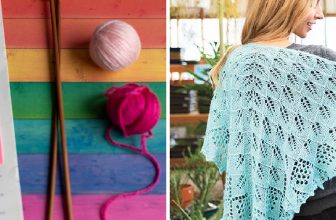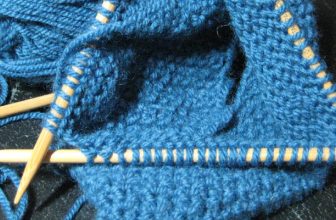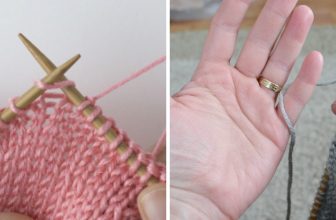How to Read Crochet Patterns for Dummies
Are you new to crochet and find yourself struggling to understand the patterns? Well, you’re not alone.
How to read crochet patterns for dummies can seem daunting for beginners, but once you grasp the basics, it opens up a world of creativity and fun. This guide is designed to simplify the process, breaking down the terminology and symbols often found in patterns, so even the most novice crocheters can feel confident. From understanding gauge and yarn types to deciphering the instructions, you’ll learn how to interpret patterns effectively.
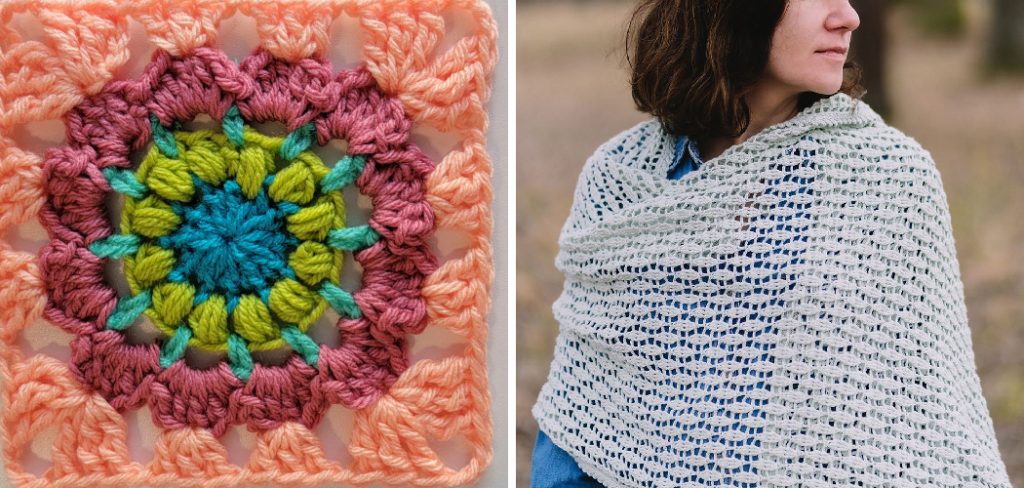
With a little practice and patience, you’ll be on your way to creating beautiful crochet projects that you can proudly share with friends and family. Whether you want to make a cozy scarf, a charming blanket, or intricate amigurumi, mastering pattern reading is your first step toward crocheting success.
What Will You Need?
Before starting any crochet project, gathering all the necessary materials is essential. Here’s a list of basic supplies you’ll need:
- Yarn: A wide variety of yarn is available in different fibers, weights, and textures. For beginners, starting with medium-weight (worsted) acrylic or cotton yarn is recommended as they are easy to work with.
- Crochet Hook: The size of your hook will depend on the weight of your yarn. Most patterns will specify the hook size needed.
- Scissors: A sharp pair of scissors is needed for trimming yarn and cutting off excess ends.
- Measuring Tape or Ruler: This will be handy when checking gauges and measuring your finished project.
- Tapestry or Yarn Needle: These needles are more prominent than regular sewing needles and are used to weave in yarn ends.
- Stitch Markers: Optional but helpful for keeping track of stitch counts and marking specific points in your pattern.
10 Easy Steps on How to Read Crochet Patterns for Dummies
Step 1: Familiarize Yourself with Crochet Terminology
Understanding the standard crochet terms is essential before diving into patterns. Terms like “chain (ch),” “single crochet (sc),” and “double crochet (dc)” are foundational. Familiarizing yourself with these terms will help you follow instructions accurately and ensure you’re on the right track. Consider keeping a glossary handy for reference as you begin each new project. As you gain experience, you’ll become more comfortable with the terminology.
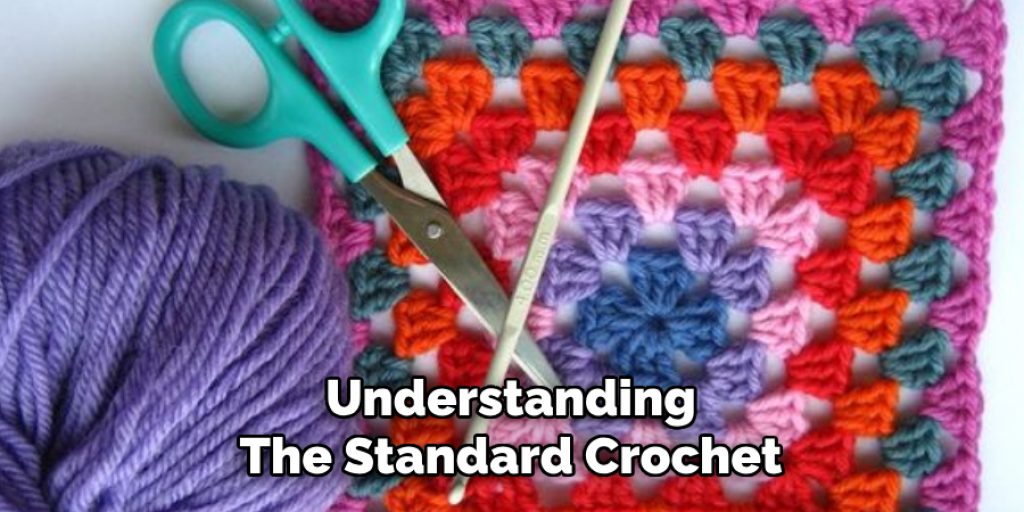
Step 2: Understanding Crochet Symbols and Abbreviations
Crochet patterns often use symbols and abbreviations to convey instructions concisely. Familiarizing yourself with these symbols is crucial, as they represent different stitches and techniques. For instance, a simple “X” in a pattern might indicate a single crochet stitch, while a triangle could denote the chain stitch. Many patterns also include a key or legend that explains the symbols used. To build your confidence, consider printing out a reference guide of common crochet symbols and keep it nearby while you work. This way, you’ll feel more empowered to decode the patterns you encounter as you progress on your crocheting journey.
Step 3: Identify Pattern Structure
Each crochet pattern is typically structured in a specific way, which includes a title, materials list, gauge information, and the actual instructions. The title often describes the finished project, while the materials list outlines what you need to complete it. Understanding the gauge section is equally important, as well as ensuring your project turns out the correct size. Gauge is usually expressed as the number of stitches per inch in a specified pattern. Making a small gauge swatch before starting your project allows you to adjust your hook size or yarn choice if necessary.
Step 4: Read Through the Entire Pattern
Before starting your crochet project, take the time to read through the entire pattern from start to finish. This will give you a clear picture of what to expect and help you avoid any surprises along the way. Pay close attention to special notes, any techniques that might require extra skill and the overall flow of the instructions. By familiarizing yourself with the complete pattern, you can mentally prepare for any challenging sections and ensure you have all the materials.
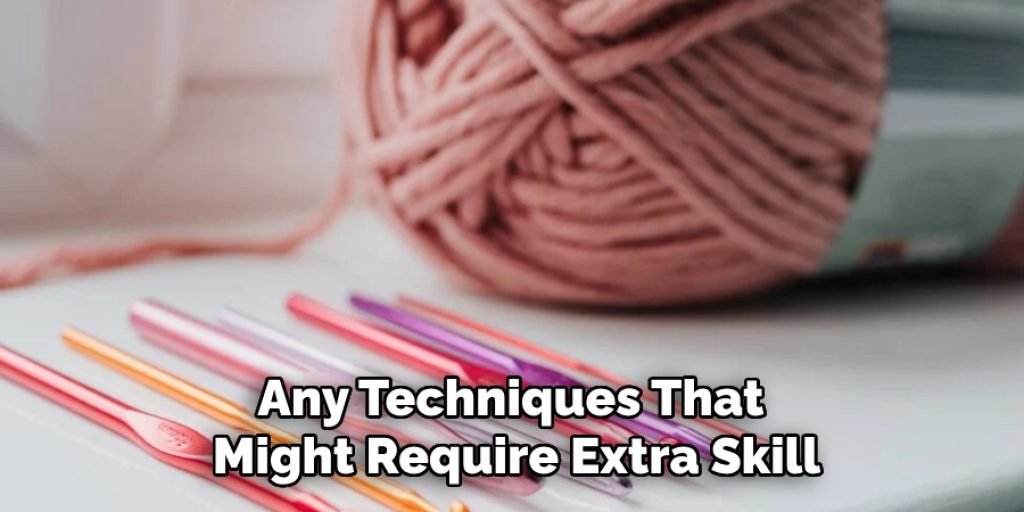
Step 5: Break Down the Instructions
Once you’ve read through the pattern, break down the instructions into manageable sections. This approach prevents overwhelming feelings and lets you focus on completing one part at a time. You can also highlight or mark specific instructions you may need to refer back to as you work. Consider writing notes or reminders in the margins to clarify any steps or techniques that initially seem tricky. Breaking down the instructions helps build confidence and ensures that you’re progressing steadily in your project. If you get stuck on a particular part, don’t hesitate to contact online crochet communities or consult tutorial videos for guidance.
Step 6: Start with Basic Stitches
If you’re new to crocheting, starting with basic stitches before tackling more complex patterns is beneficial. Many patterns will require foundational stitches like single, double, or slip stitches. Practicing these basic stitches independently will give you a solid understanding of how yarn interacts with the hook and prepare you for the transitions and combinations that more complex patterns require. Work on swatches until you feel comfortable and confident with your technique.

Step 7: Follow the Numbering of Rows and Stitches
Most crochet patterns will outline the number of rows and stitches required for each section. Pay close attention to this numbering, as accuracy in counting is crucial in maintaining the shape and size of your project. Use a counter or marking tool to keep track of your progress, especially if you’re working on larger projects with many rows. If you lose count, it’s easy to make corrections early on, but it can become challenging to fix later.
Step 8: Learn to Read the Stitch Count
As your project progresses, you’ll notice that many crochet patterns will include a stitch count at the end of each row or round. This count is crucial for keeping your work’s proper shape and dimensions. If your counts do not match up, it could indicate a mistake in your stitches. Check your stitch count regularly, especially at the end of each row, to ensure you’re on the right track. If discrepancies arise, take the time to unravel and correct mistakes rather than continuing, which may make fixing them more challenging later.
Step 9: Practice Patience and Take Breaks
Learning to read and follow crochet patterns is a skill that develops over time. Don’t rush through the process; take breaks when you feel frustrated or tired. Stepping away can provide clarity and allow you to approach your project with fresh eyes. Patience is vital, as misunderstanding patterns or making mistakes is entirely normal—embrace these learning moments as part of your journey to becoming a proficient crocheter.
Step 10: Enjoy the Process
Ultimately, crochet is a craft meant to be enjoyed. While mastering pattern reading is essential, remember to take pleasure in the creative journey, no matter the outcome. Celebrate small achievements along the way, whether completing a row or finally understanding a tricky stitch. Sharing your progress with friends, family, or online crochet communities can also bring encouragement and inspiration. Embrace the art of crochet and let yourself experience the joy of making something beautiful with your own two hands!
By following these steps, you can confidently approach and conquer any crochet pattern that comes your way.
5 Things You Should Avoid
- Ignoring Gauge: Failing to check your gauge can lead to either too big or too small projects. Make a swatch to ensure that your tension matches the pattern’s requirements before starting.
- Skipping Over Special Stitches: Many patterns include special stitches or techniques essential for the design. Don’t overlook these sections; take the time to understand them before diving into your project.
- Overcomplicating Simple Patterns: New crocheters sometimes make the mistake of trying to add extra details or embellishments to easy patterns. Stick to the instructions, especially when starting out, to build your skills and confidence first.
- Rushing Through Instructions: It’s tempting to rush, especially when you’re excited to start or finish your project. However, skipping reading the entire pattern can lead to misunderstandings and mistakes. Always take your time to absorb the information fully.
- Neglecting to Keep a Consistent Yarn Tension: Inconsistent tension can create uneven stitches, affecting the final appearance of your work. Pay close attention to maintaining an even tension throughout your project for the best results.
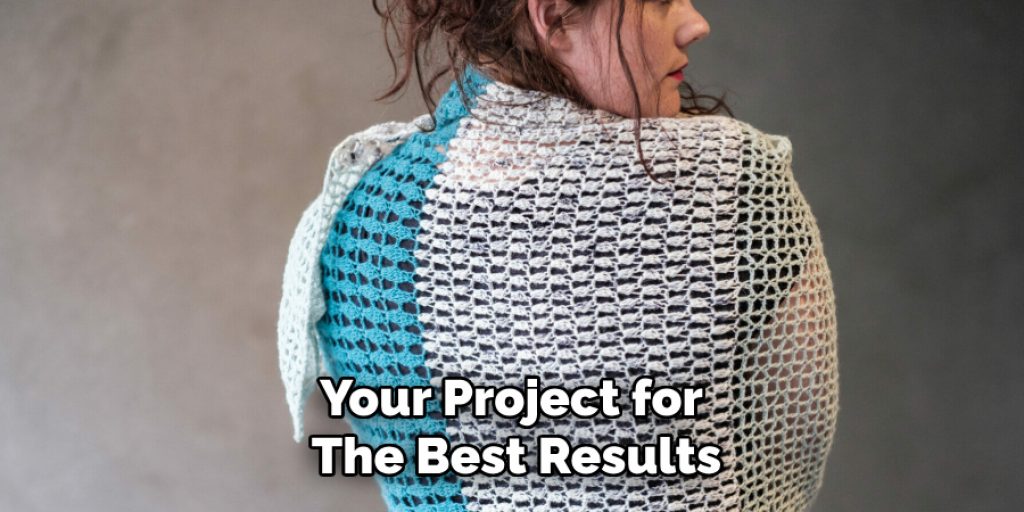
By avoiding these common mistakes and following the steps outlined above, you’ll be well on your way to mastering crochet patterns.
Conclusion
In summary, mastering the art of reading crochet patterns takes practice, patience, and perseverance.
By familiarizing yourself with the structure of patterns, breaking instructions down into manageable parts, and consistently practicing basic stitches, you build a strong foundation for any project. Remember to pay close attention to stitch counts and gauge, and don’t hesitate to clarify any confusing sections before diving in.
By following these tips on how to read crochet patterns for dummies and avoiding common mistakes, you can confidently tackle any crochet pattern and enjoy the creative journey along the way. Happy crocheting!


